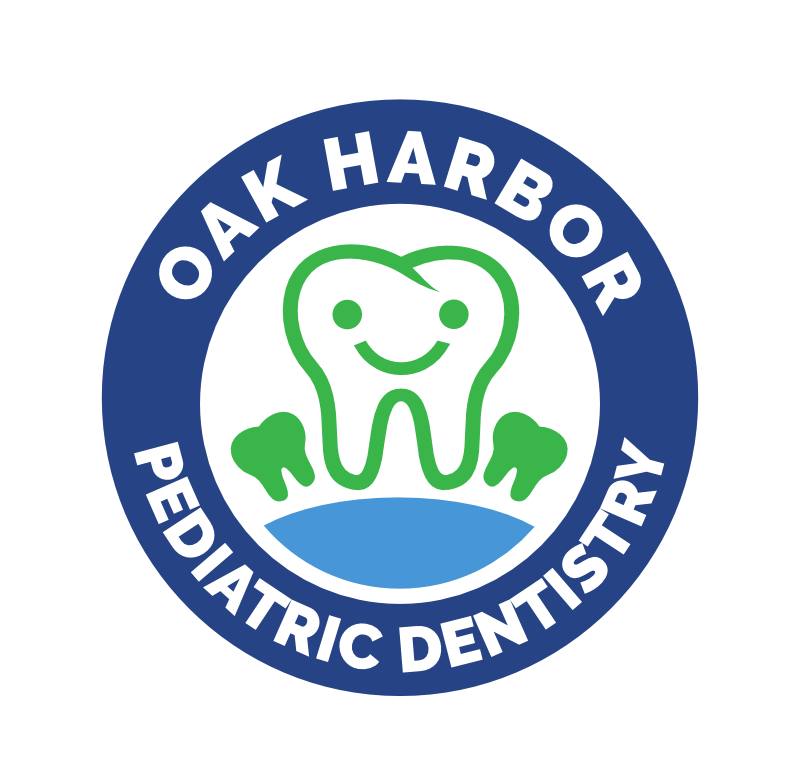Questions and Answers
1. What is telehealth and teledentistry?
Telehealth is not a specific service; it refers to a broad variety of technologies and tactics to deliver virtual medical, health, and education services. As an umbrella term, it is further defined when applied to specific health care disciplines, such as dentistry.
Teledentistry, according to the ADA’s Comprehensive Policy Statement on Teledentistry, refers to the use of telehealth systems and methodologies in dentistry. Teledentistry can include patient care and education delivery using, but not limited to, the following modalities:
• Live video (synchronous): Live, two-way interaction between a person (patient, caregiver, or provider) and a provider using audiovisual telecommunications technology.
• Store-and-forward (asynchronous): Transmission of recorded health information (for example, radiographs, photographs, video, digital impressions and photomicrographs of patients) through a secure electronic communications system to a practitioner, who uses the information to evaluate a patient’s condition or render a service outside of a real-time or live interaction.
• Remote patient monitoring (RPM): Personal health and medical data collection from an individual in one location via electronic communication technologies, which is transmitted
